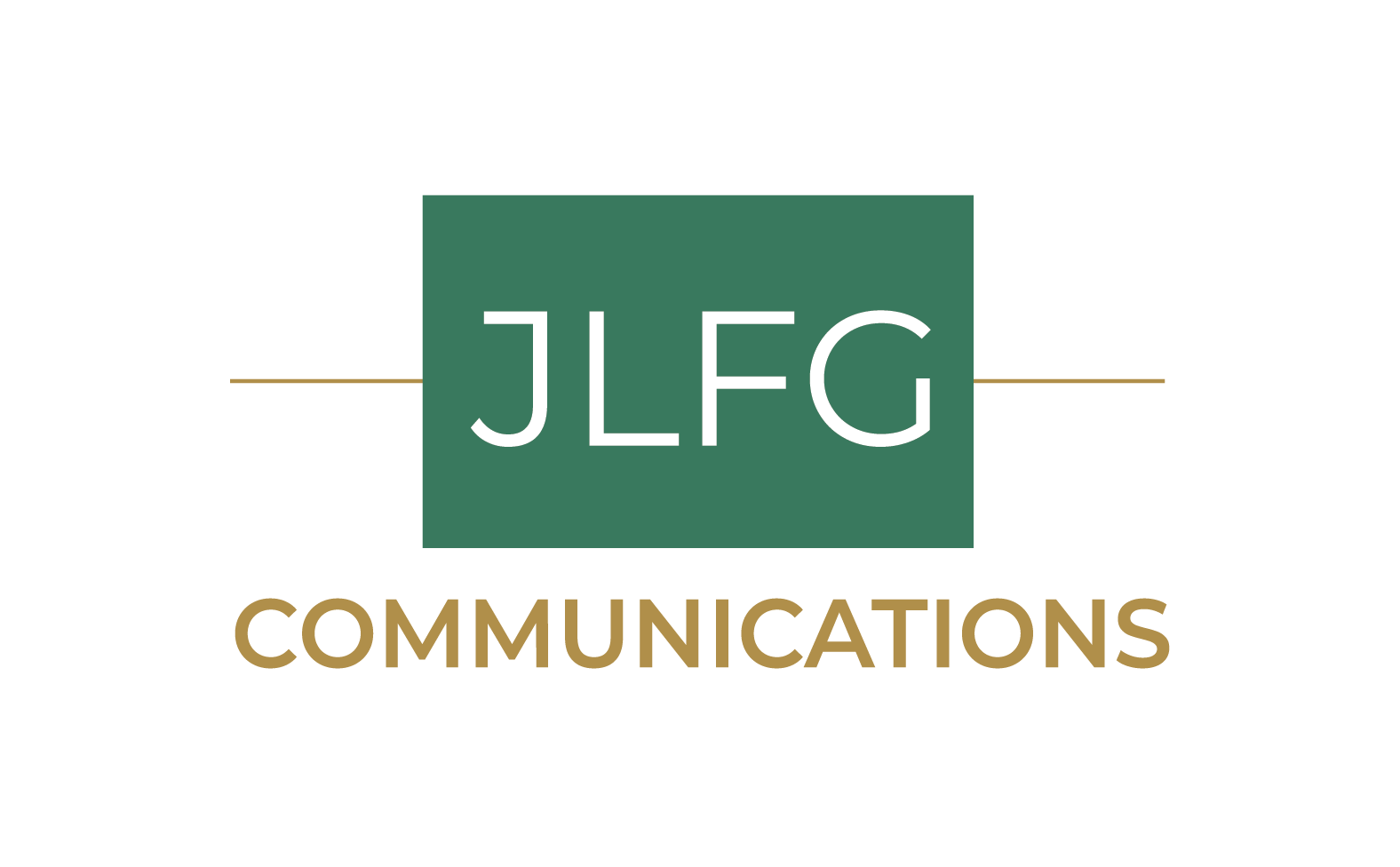The Triple Bottom Line
Are you familiar with the concept of the triple bottom line (TBL)? It is based on the three Ps: People, Planet, and Profit. The way I use it is to emphasize that profit should not be the only driving factor behind business decisions. All three aspects matter. Companies that embrace the triple bottom line have a purpose beyond making money. Their mission statement says something about how they want to benefit from society, and their actions are in line with the mission.
I wrote about the triple bottom line in my first book, Material Value. Here is one excerpt:
“All three aspects of the three Ps need to be balanced, which will often look like profit needs to take a back seat. Depending on where a company starts when it embarks on a three-pronged approach to measuring success, quarterly profits may indeed take a dive as money is invested in improving business practices. Paying workers fairly or redesigning a manufacturing line costs more money than continuing business as usual. Done correctly, however, committing to the three Ps will likely have only a short-term negative impact on profits.”
One of my contacts recently shared an article from the Harvard Business Review (HBR) that challenged my interpretation of the triple bottom line. The article is by John Elkington, the man who coined the concept over 25 years ago. Elkington proposed a recall of the term based on how companies were using it. He wrote, “the TBL wasn’t designed to be just an accounting tool. It was supposed to provoke deeper thinking about capitalism and its future, but many early adopters understood the concept as a balancing act, adopting a trade-off mentality.”
Despite more talk about sustainability in the past few years, too many corporations still prioritize the financial balance sheet and fail to hold themselves accountable for deficits in protecting people and the planet. Elkington hoped that TBL practices would change the nature of capitalism. That hasn’t happened yet. In the HBR article, Elkington proposed instead a “triple helix” that would change the “genetic code” of capitalism.
It doesn’t seem that Elkington’s new idea has taken off. A search for “triple helix” on my computer yielded results related to the structure of DNA and also to the Triple Helix Association. That association promotes interactions between universities, governments, and corporations that promote “research, innovation, economic competitiveness, and growth.” Nothing about rethinking capitalism and prioritizing work that will improve people’s lives.
Concepts and ideas often veer away from what the original authors or inventors intended. It is reasonable to review them and see if they are still relevant. Reading back over what I wrote about the triple bottom line in Material Value, I stand by my words. It is a useful concept even if it hasn’t yet delivered on its promise. I plan to keep the paragraphs about the triple bottom line as I edit the manuscript of my upcoming book, Beyond the Green Team. Here’s to hoping that the business world makes much faster progress toward Elkington’s original idea in the next five years than it has in the past thirty.
